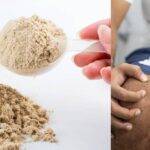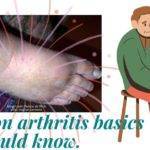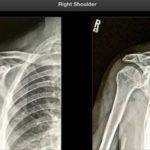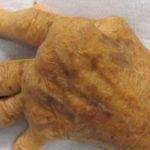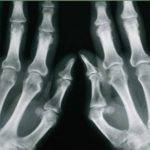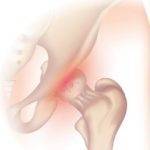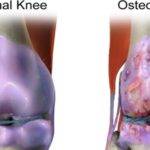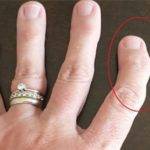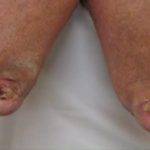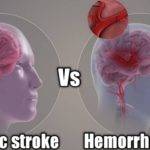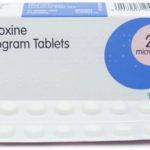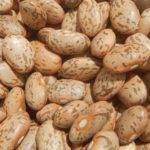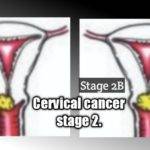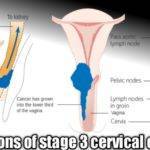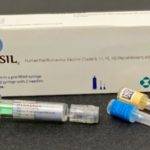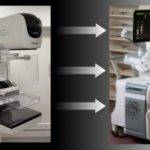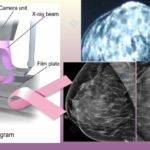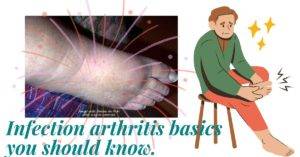
Table of Contents
Swollen knee from arthritis occurs due to joint effusion (an excessive production of joint fluid) caused by either a purely degenerative joint condition like osteoarthritis or inflammatory problems like autoimmune and infectious diseases that include rheumatoid and septic arthritis.
The fluid in the joint is normally used to test for the cause of arthritis. Some of it is obtained in a process called arthrocentesis and the sample is sent to a lab for investigation. This test, in addition to a couple of other tests and medical imaging investigations, provides useful pointers to the type of arthritis that is responsible for the swelling so the right treatment can be commenced.
The swelling in an arthritic knee is usually accompanied by pain. If not well managed the pressure that builds up in the joint as a result of excess fluid accumulation could compromise the blood supply to the affected joint which results in further joint damage.
Can a swollen knee be dangerous?
The body regulates itself within some given parameters with defined ranges that are considered to be normal. In that same way, there are what is considered to be normal fluid levels in the knee joint so long as there isn’t a problem.
When there is an uptick in the amount of joint fluid that’s an abnormality that could be a pointer to a serious condition that will require medical attention. In some cases, the swelling can result in permanent joint damage if it’s due to a joint infection and this is dangerous if you ask me. We call it infectious or septic arthritis.
It may also be the result of a mechanical injury like a torn ligament. Other causes include inflammatory diseases and degenerative joint conditions. All of these possibilities are things that mustn’t be overlooked.
So, a swollen knee may be dangerous at times as it may lead to a debilitating disease if not given the attention it deserves.
Swollen knee from autoimmune arthritis.
Autoimmune arthritis is perhaps the second most important cause of knee swelling after osteoarthritis. The most common arthritis under this category is rheumatoid and psoriatic arthritis. They both share some similarities:
- Both result from a systemic disease,
- Both affect several joints at the same time,
- Fever is a common symptom,
- Both reduced appetite,
- They show marked joint swelling that’s considerably worse than in osteoarthritis,
- They have a quicker onset than you would expect from a degenerative disease,
- They could result in a loss of life, etc.
Do keep in touch by signing up for our newsletter:
Swollen knee from rheumatoid arthritis.
This causes knee swelling through an autoimmune reaction targeting the synovial membrane which secretes the synovial fluid that lubricates the joint. This attack results in inflammation of this membrane that leads to excess secretion of the fluid. What results from this is a swollen knee joint accompanied by pain.
Rheumatoid arthritis can affect you at any age and when it does, the swelling of your joint is a guaranteed symptom. In adults, it may last a lifetime but children may outgrow the disease. The type that affects children is called juvenile rheumatoid arthritis.
Swollen knee from psoriatic arthritis.
It occurs in people found to have a disease called psoriasis which is another autoimmune medical condition. However, not everyone with the disease goes on to develop psoriatic arthritis as only 30% of sufferers of psoriasis develop this arthritis.
Psoriatic arthritis follows a similar pathway as rheumatoid arthritis in causing swollen knee joints. However, the autoimmune reaction associated with it attacks the points of insertion of tendons and ligaments into your bones rather than the synovial membrane or lining of the knee joint. This pathological process is medically called enthesitis.
Swollen knee from infectious arthritis.
This is arthritis brought about by mostly a bacterial infection called staphylococcus aureus but can also occur by a viral or fungal infection. Any of these causative pathogens gain access to the joint by several means and when they do, it results in swollen knees as arthritis kicks in.
Septic arthritis.
Septic arthritis is an infection of the synovial fluid in the knee joint and the surrounding body tissues which leads to arthritis. One of the symptoms you would expect is a swollen knee and pain. Early diagnosis and treatment are very important to avoid permanent damage to the joint.
Reactive arthritis.
Reactive arthritis is caused by an infection just as in septic arthritis. The difference, however, is that rather than the infection spreading to the knee joint via the bloodstream to cause havoc at a joint, it results in a body-wide inflammatory immune response that affects the knee joints resulting in joint swelling and pain.
The infection usually happens in the gastrointestinal or urogenital tract as published in a research Journal on reactive arthritis.
Swollen knee and osteoarthritis (OA).
This is a degenerative condition resulting in the breakdown of the hard tissues of a joint, especially the articular cartilage. Osteoarthritis-associated knee swelling happens at the latter stages of the disease when inflammation begins to kick in. This is usually from stage 3 to the most severe stage 4.
The knee swelling associated with OA is not as severe as that resulting from earlier mentioned conditions. Any swelling that goes beyond a mild to moderate level calls for further investigation as it may not be a result of osteoarthritis.
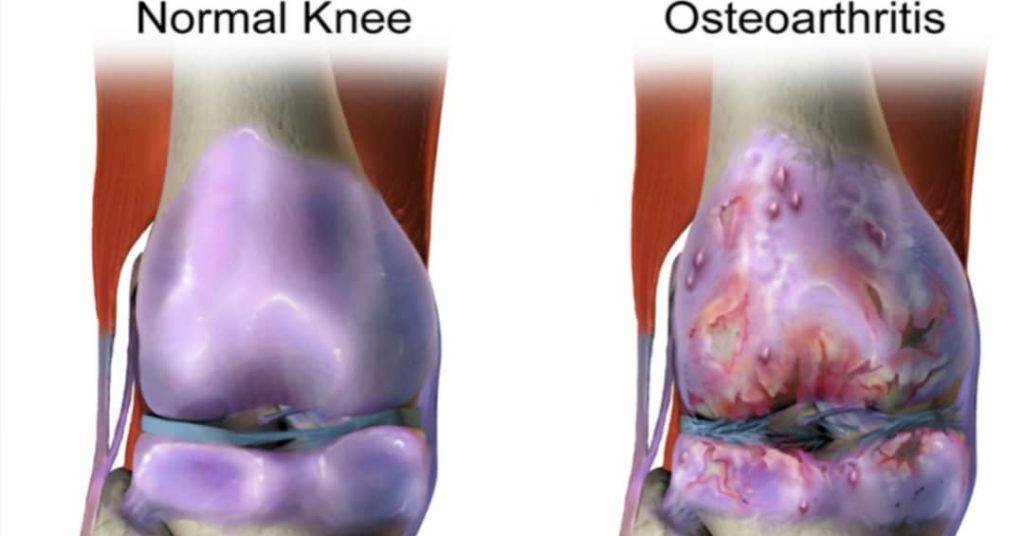
How to treat swollen knee from arthritis.
The swelling from arthritis almost always exists alongside knee pain. Any treatment for the swelling without considering the pain, to me, is void of the right clinical objective. Some people will place exercise first and above everything.
However. where the exercises increase the pain levels, it’s not the right approach to treating the swelling. In other words, measures in treating swollen knees should not worsen the pain level either.
The best treatment plan for a swollen knee due to arthritis is one that is individualized. It should be determined after a thorough knee examination by your healthcare provider.
Though, exercises may reduce pain and stiffness in a swollen knee joint but do little to reduce the swelling. On the contrary, they may instead increase the swelling because certain activities aggravate swellings that are associated with arthritis inflammation.
The following measures can be beneficial in treating swollen knees from arthritis:
- Resting the swollen knee joint: This will involve reducing the level of use of the knee for activities.
- Elevation: While resting the joint, keeping it elevated could help with the level of swelling.
- Cryotherapy: It refers to the various levels of use of ice to counter the ongoing inflammation which also reduces the swelling. Cryotherapy could be carried out by ice massage, placing ice wrapped in a towel over the swollen knee, or through the use of ice packs. The period of application depends on the way it’s applied and it ranges from 10-20 minutes.
- Crepe or compression bandage: The use of these also helps to reduce the swelling but may do little to reduce the inflammation. The swelling could gradually return later after the compression has been removed. For this reason, it makes sense to combine this with other measures like the use of cryotherapy and non-steroidal anti-inflammatory drugs.
- Aspiration: It is the use of a needle and syringe to draw some of the excess fluid from the knee. This gives instant results and relief. Joint aspiration can be critical, especially where the swelling can result in further joint damage. However, it should be done by your healthcare provider.
- Isometric exercises: These are exercises where the muscles that control knee movement are strengthened by contractions that are not accompanied by changes in their length. This exercise doesn’t move the joint and helps with the swelling.
- Intermittent pneumatic compression: Research has shown this to yield better outcomes in managing swollen knees from arthritis when combined with conventional treatment than when a cold pack is used along with conventional programs.
Swollen knee arthritis home remedy.
From the above-listed treatments applicable to a swollen knee from arthritis, It’s only the aspiration that isn’t a home remedy. It’ll involve a specialist and even when carried out at home as part of home care services, it still doesn’t ideally qualify as a home remedy.
Home remedies are typically things you could do on your own at home to help with your knee swelling. These include:
- Resting the knee,
- Ice application or cryotherapy,
- Elevation of the knee,
- Application of compression bandages, and
- Isometric exercises.
How to quickly reduce the swelling in a knee.
The fastest way to reduce swollen knees is an aspiration. It yields instant results but can only be carried out by your healthcare provider. This is not something you should do at home by yourself. A needle and syringe are used to draw some or most of the excess fluid that had accumulated but it may have to be repeated when necessary to continuously keep the swelling away.
The use of compression bandage or orthotic material can also quickly reduce swelling in a knee within a time frame that’s second to aspiration.
Ice application, elevation, and isometric exercises also help but not as quickly as the previous two. It’s common to wear a compression bandage after these procedures. Intermittent pneumatic pressure has been shown to work better alongside other conventional means than the use of ice or cold packs.
How to sleep with a swollen knee.
There are two main positions you may find comforting if you have a swollen knee from arthritis. This will also apply even if the knee is not so swollen giving you severe arthritic pains.
The first of these is to lie sideways with a good pillow placed between your legs to keep the knees apart. You may find it even more convenient for the knees to be kept at a bent position with the knee at the top of the pillow further bent than the one below.
Another good position is lying on your back with a pillow placed under your knees with the popliteal fossa resting in the middle of the Pillow. In this way, the knees will give you less pain and discomfort.
I hope this article was helpful. Do share it and let us know any other topic that is of interest to you.









